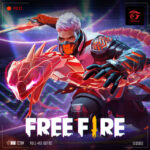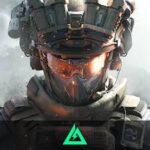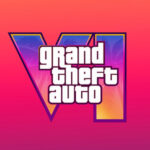Popular Now
Gacha Club is widely recognized for its creative character customization and fashion features, but behind the colorful visuals lies a surprisingly deep battle system. Battle Mode isn't just a passive auto-fighting mechanic — it’s a strategic game within the game. This article dives deep into the mechanics, team compositions, elemental interactions, equipment strategies, and end-game challenges of Battle Mode to help you dominate every enemy wave and boss fight.
Understanding the Core Combat System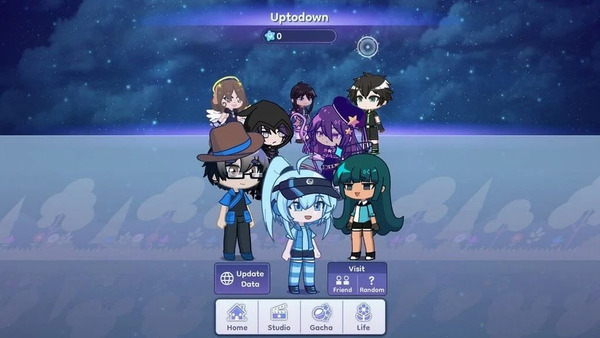
Before delving into advanced tactics, it's essential to understand how Battle Mode functions. Players create a team of up to seven characters, each with their own elemental affinity and automatic combat behavior.
Although battles are automated, your success depends entirely on pre-battle decisions: team composition, character upgrades, elemental matchups, and equipped gear. As the campaign progresses, enemies grow stronger and require more thoughtful counter-strategies.
Unlocking Battle Mode Features
At first, only the basic stages are available. However, progressing through story levels and character growth will unlock additional modes:
-
Training Mode: Great for farming XP and upgrade materials
-
Elemental Towers: Restricts team composition to a single element
-
Shadows of Corruption: High-level bosses that demand specialized teams
These modes are not just side content — they offer rare rewards and test your mastery of combat mechanics.
Building a Balanced Team
Successful team composition goes far beyond picking rare characters. A winning team is structured with clearly defined roles and a smart spread of elements.
Ideal team composition includes:
-
A main damage dealer (DPS)
-
A tank (absorbs damage)
-
A support unit (healing, buffs)
-
A debuffer or crowd control unit
Balance your elemental affinity to avoid being completely countered in harder levels. Mixing elements allows flexibility, while mono-element teams are situationally powerful in Elemental Towers.
Mastering Elemental Interactions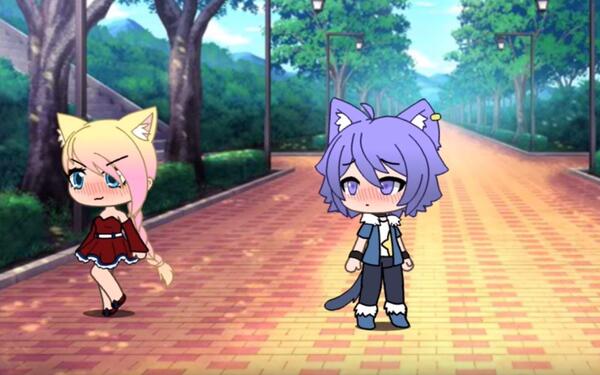
The elemental system is critical in Battle Mode. Every character and enemy has an elemental type, which affects how much damage they deal and receive.
Basic elemental chart:
-
Fire beats Wind
-
Wind beats Water
-
Water beats Fire
-
Light and Dark counter each other
-
Shadow often outperforms most, except against itself
Knowing enemy elements ahead of time lets you tailor your team for maximum effectiveness, especially in boss fights and elemental challenges.
Leveling Up and Limit Breaking Characters
Characters can be upgraded through leveling, evolving, and limit breaking. Once a character hits the level cap, you’ll need specific resources to increase their power further.
Resources needed for upgrading include:
-
Gold and XP items
-
Elemental materials from battles
-
Duplicate characters (for limit break)
Focus on investing in SR and SSR characters with strong skills. Don’t spread resources thin by upgrading too many weak units.
Equipping Gear for Maximum Impact
Gear is a critical but often overlooked component of combat success. Each character can equip items that boost stats such as HP, ATK, DEF, CRIT, and SPEED.
Gear strategy:
-
Tanks benefit most from HP and DEF gear
-
DPS should prioritize ATK and CRIT
-
Supports need SPEED to act faster
You can obtain gear from daily challenges and events. Always upgrade your best gear to give your team a competitive edge.
Skill Synergy and Auto Battle Mechanics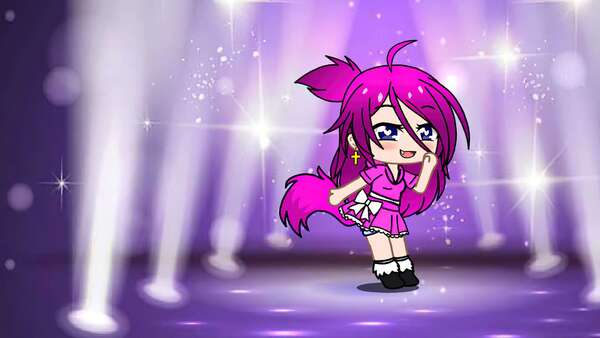
Each character has auto skills and an ultimate ability that activate during combat. While you can’t control them manually, their timing and synergy matter greatly.
Examples of skill synergy:
-
Defense debuffs should trigger early to amplify team damage
-
Healing skills must activate before enemies land powerful hits
-
Crowd control should interrupt enemy ultimates
Optimizing skill order depends on the SPEED stat. High-speed units act first, so arrange your team accordingly.
Tackling Advanced Game Modes
To become truly elite, you must engage with the game’s hardest content:
-
Daily training for targeted farming
-
Boss Challenges for high-reward fights
-
Shadows of Corruption for the ultimate test of strategy
Each mode requires a specialized team. Bosses often demand burst damage, while Shadows of Corruption needs sustained healing and control. Plan your squads to match each challenge type.
Efficient Resource Management
Stamina, currency, and materials are limited — efficient use of them is vital. Prioritize based on current needs:
-
Need XP → run Training Mode
-
Need gear → do Daily Challenges
-
Need character shards → participate in events or Gacha pulls
Avoid wasting rare materials on low-tier units. Concentrate on maxing out your core team to handle tougher missions later.
Advanced Team-Building Strategies
Once you grasp the basics, it’s time to experiment with high-level team strategies:
-
Mono-element teams: Dominate Elemental Towers with powerful synergy
-
Sustain teams: Mix tanks, healers, and gradual DPS for long battles
-
Control teams: Use multiple units with stun, slow, or debuff abilities
Creating multiple teams allows flexibility across content. Having one team for boss fights and another for farming can dramatically improve efficiency.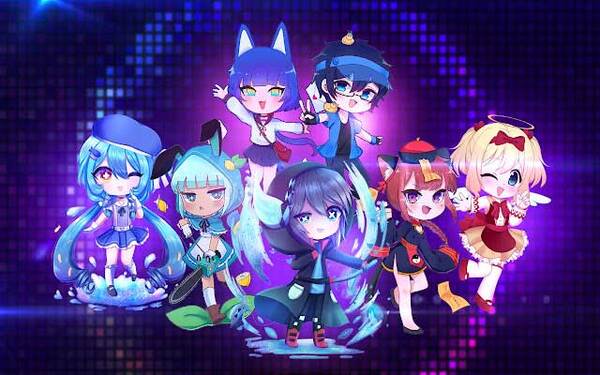
Conclusion
Gacha Club’s Battle Mode is much more than an optional feature — it’s a fully-fledged tactical system that rewards thoughtful planning, resource management, and deep understanding of combat mechanics. By mastering elemental matchups, team roles, equipment, and advanced strategies, you can take your gameplay to a whole new level.
Whether you're aiming to clear the highest tower or defeat the most challenging bosses, everything starts with smart preparation and continuous optimization. Dive deep, experiment, and your team will become an unstoppable force in Gacha Club.




